Delhi Durbar: Empire, Display and the Possession of History
Delhi Durbar: Empire, Display and the Possession of History
Delhi Durbar: Empire, Display and the Possession of History
|
Gallery Exhibition Delhi Durbar: Empire, Display and the Possession of History
New Delhi:
22A, Janpath Road, Windsor Place, New Delhi |
|
|
|
'The British Delhi Durbars have been the subject of much recent scholarly study and re-evaluation. The objects in this exhibition bring the Delhi Durbars materially present, through works by some of the leading artists and photographers of the period.' - The Director's Note, Delhi Durbar – |

all artworks
|
The Hindu |
|
September 2023 |
Exhibition and Events
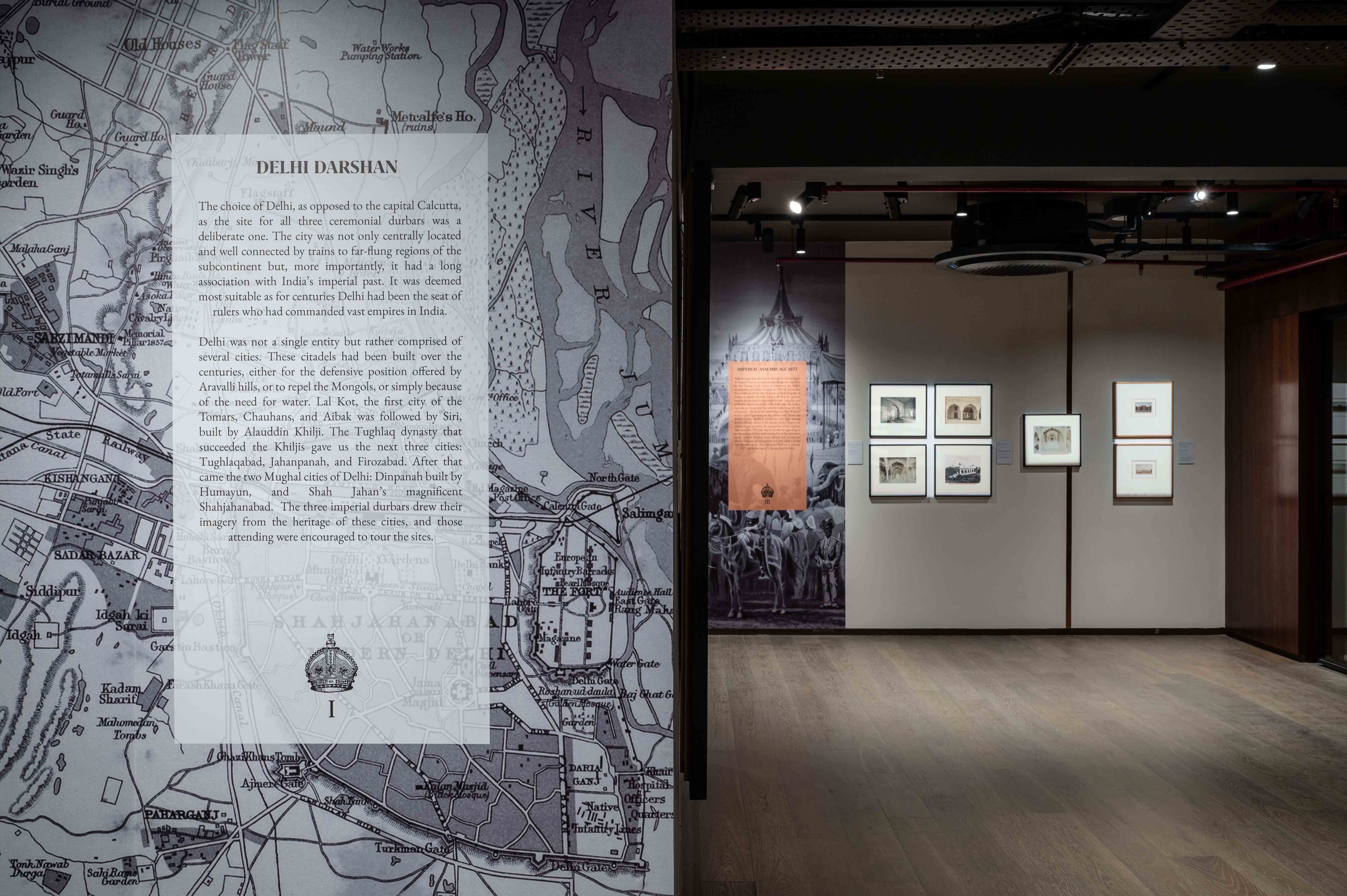
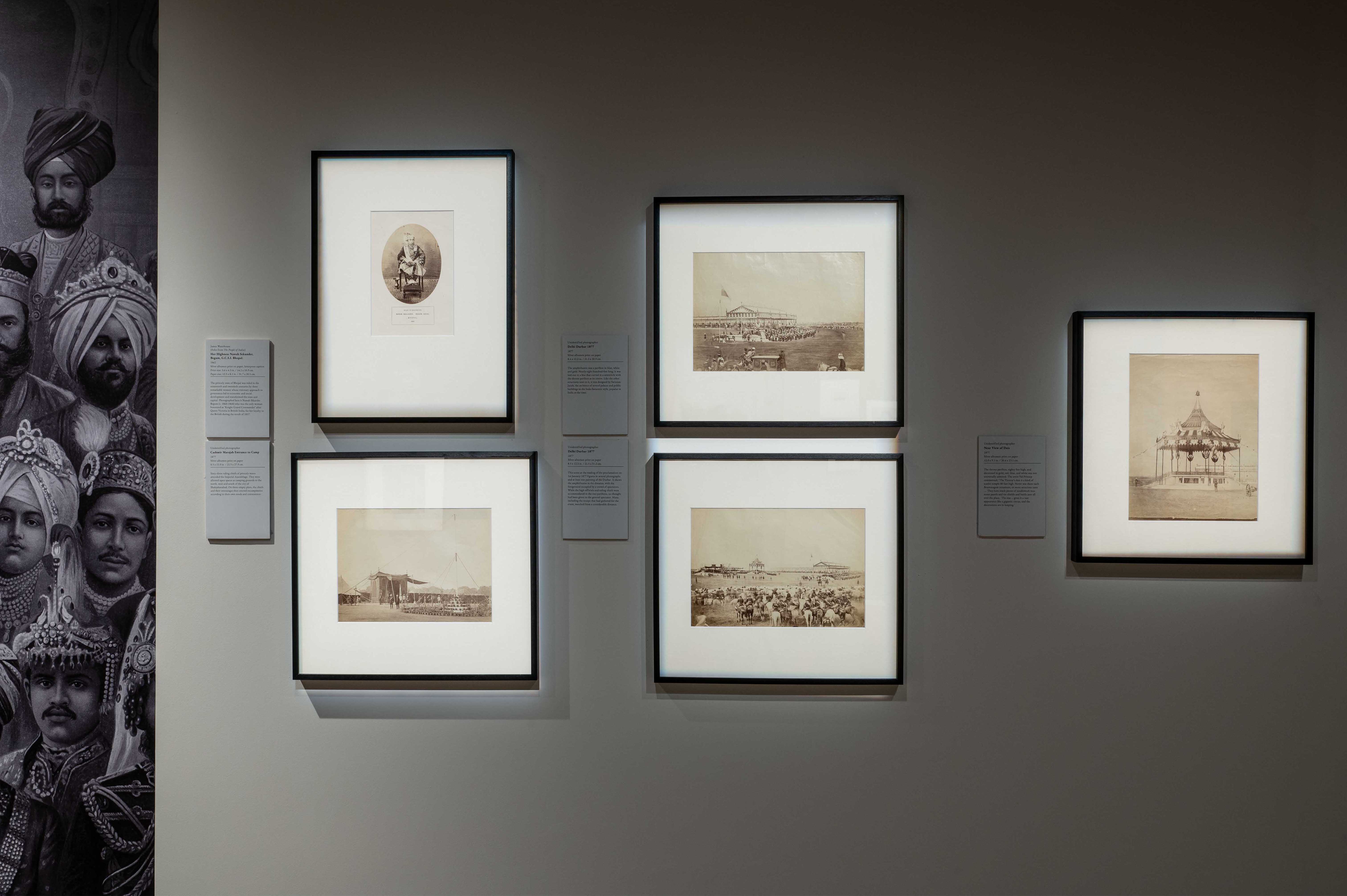
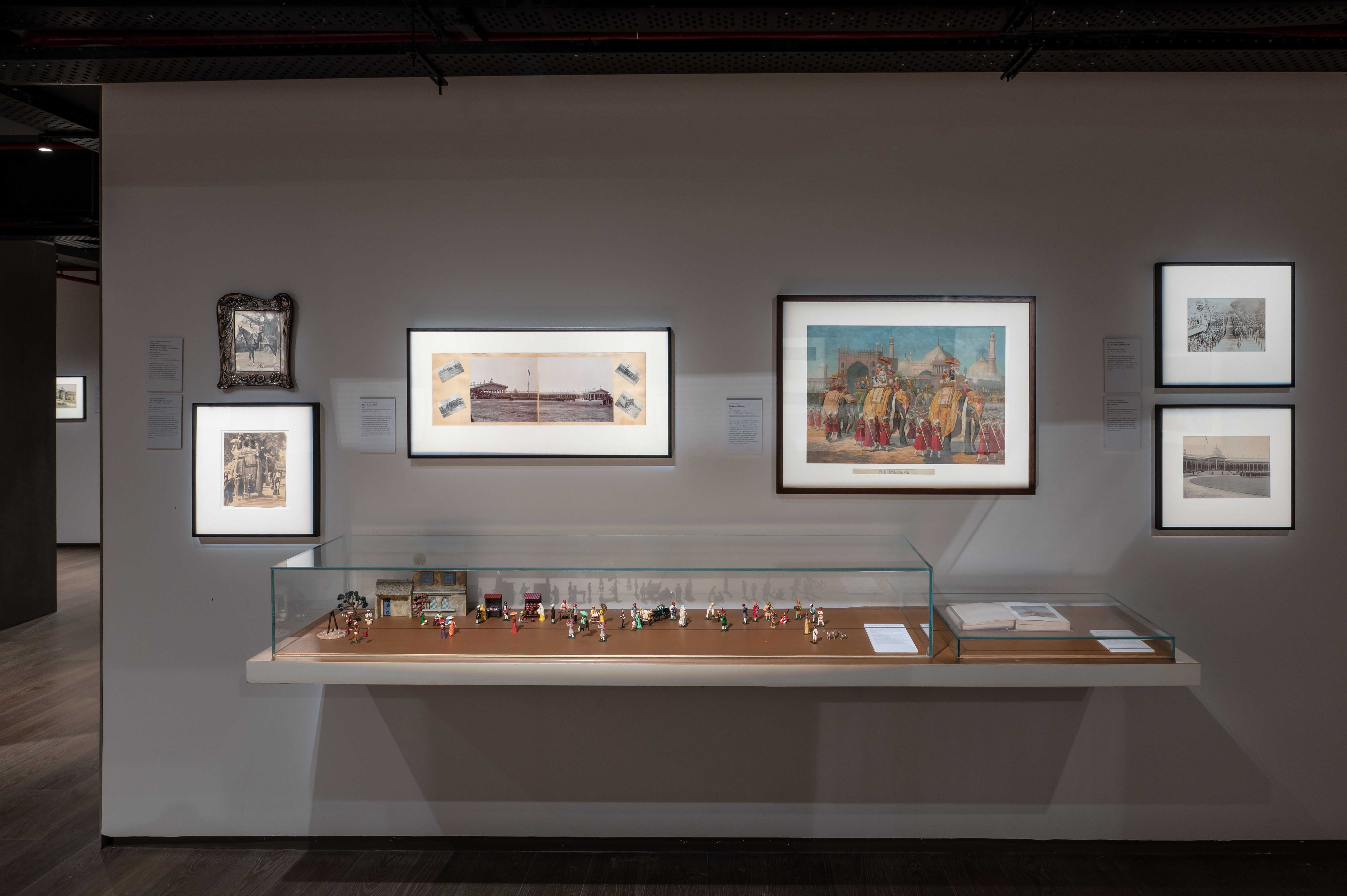
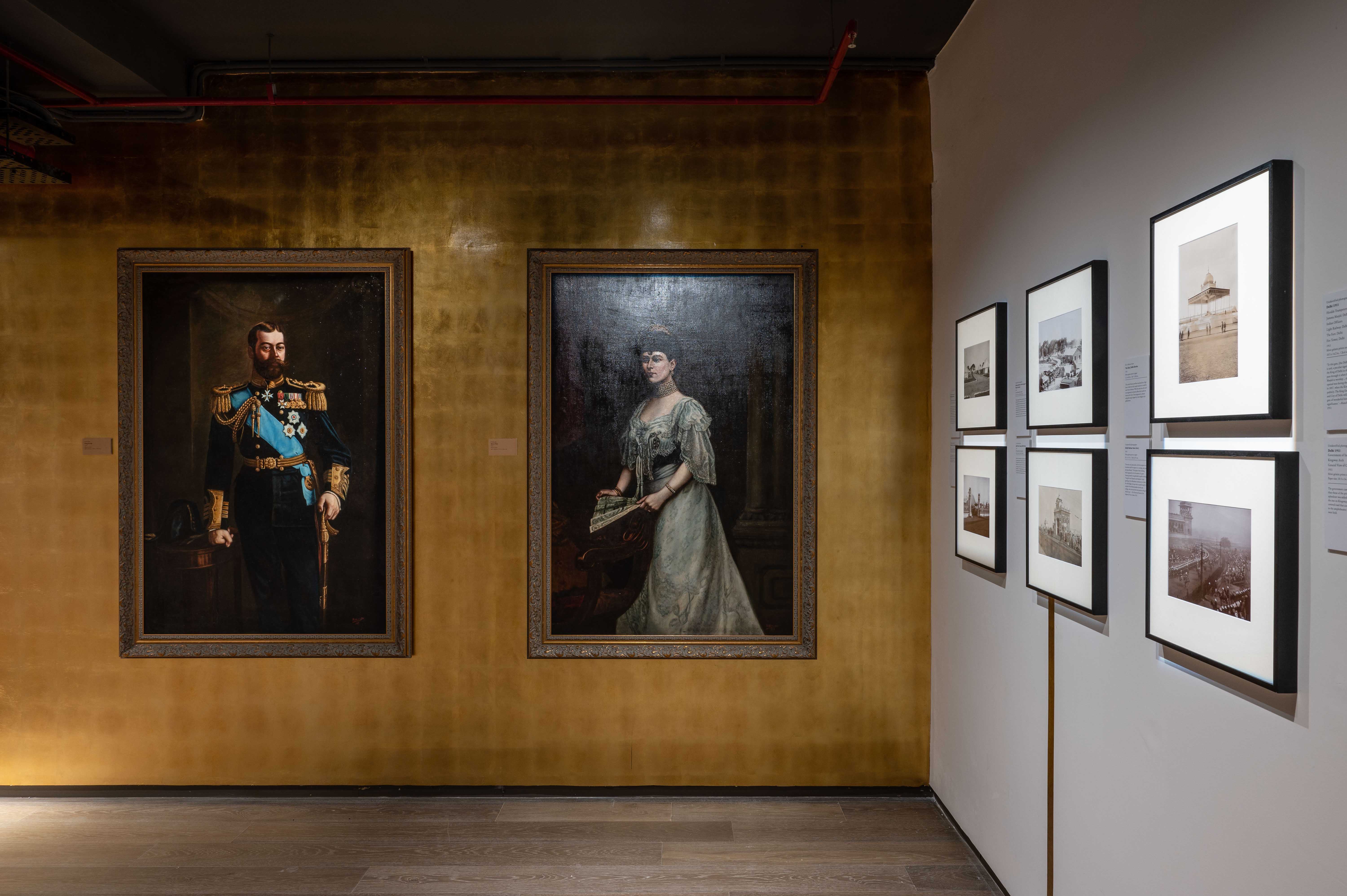
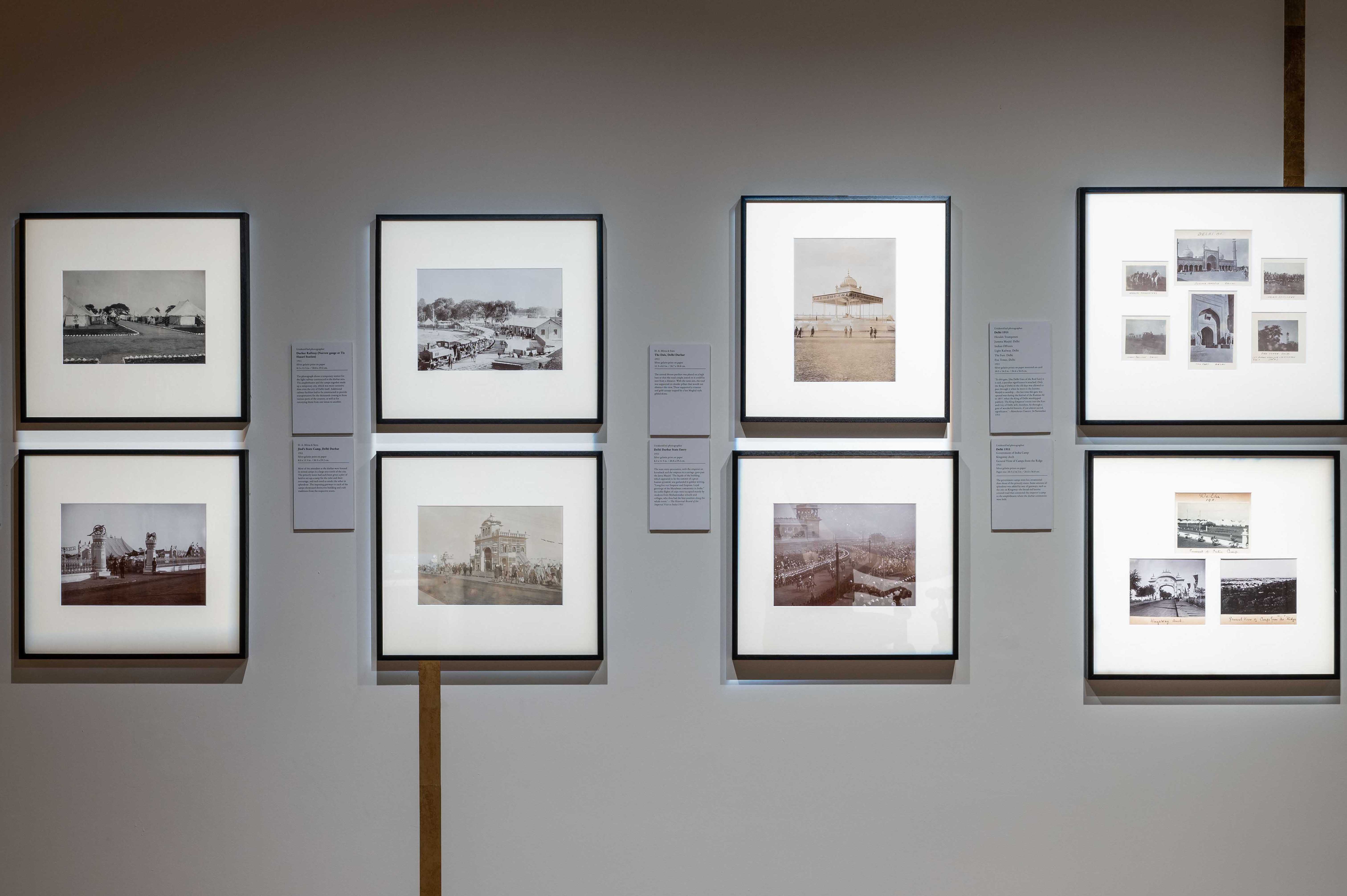
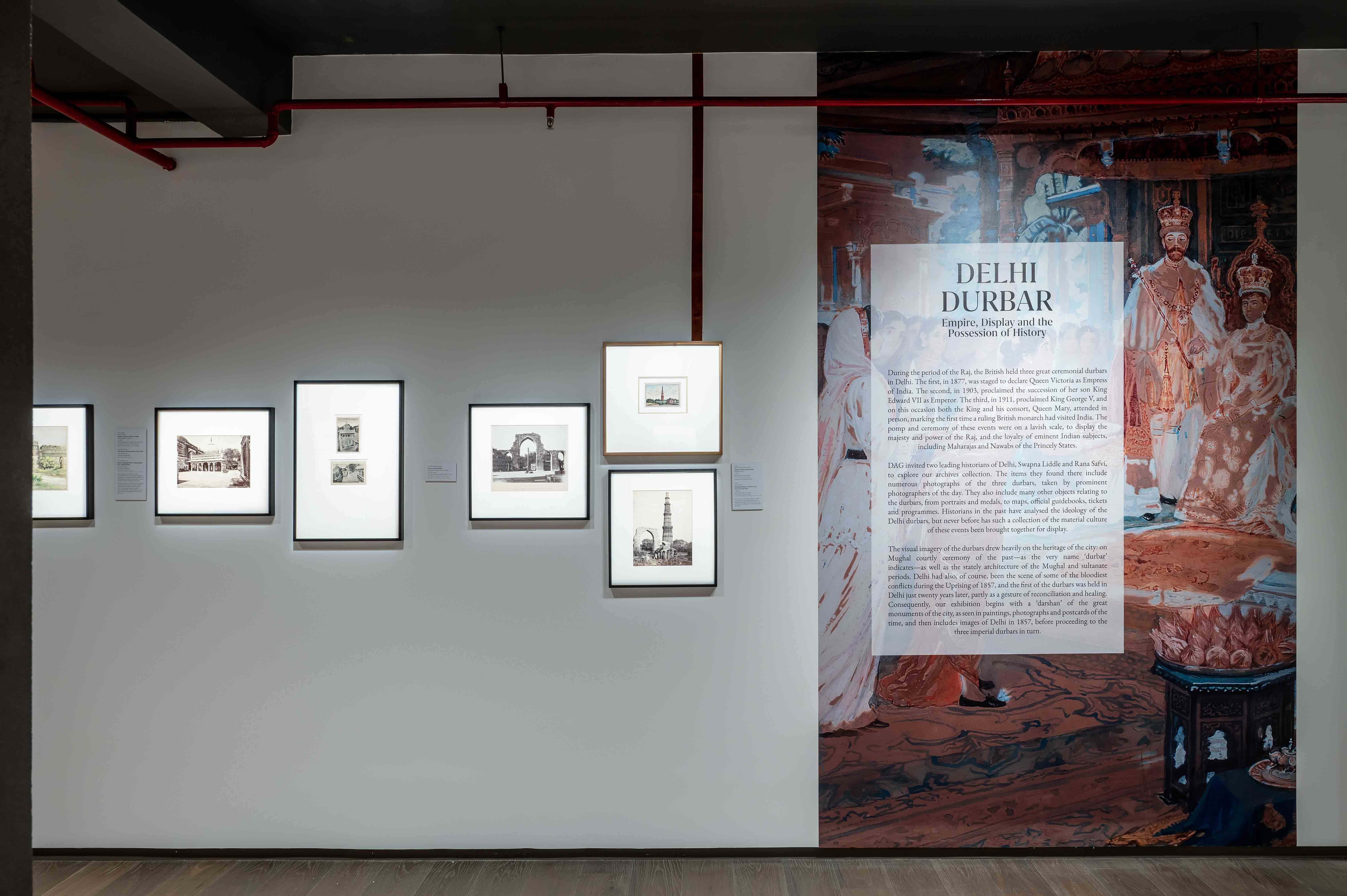
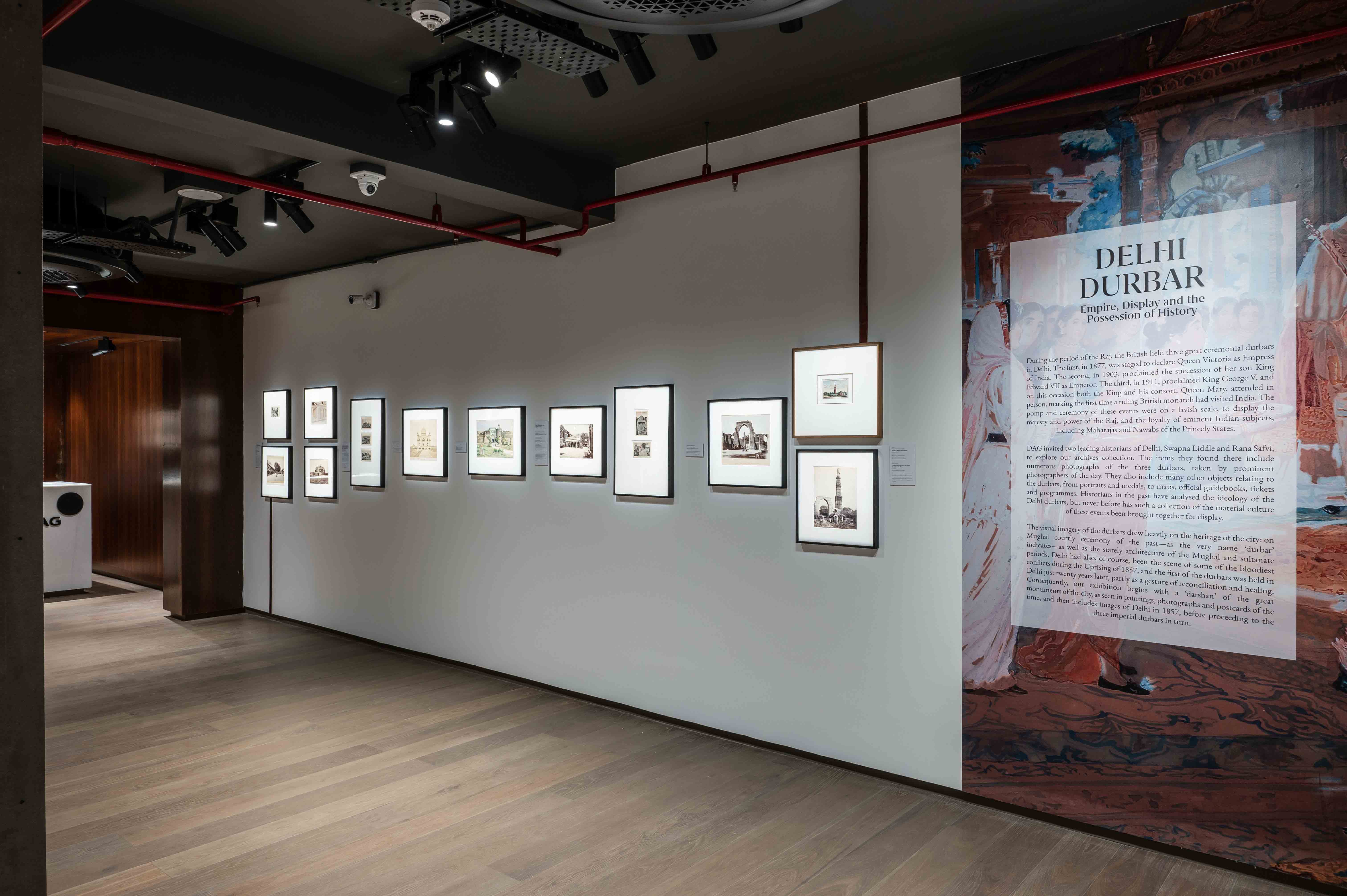
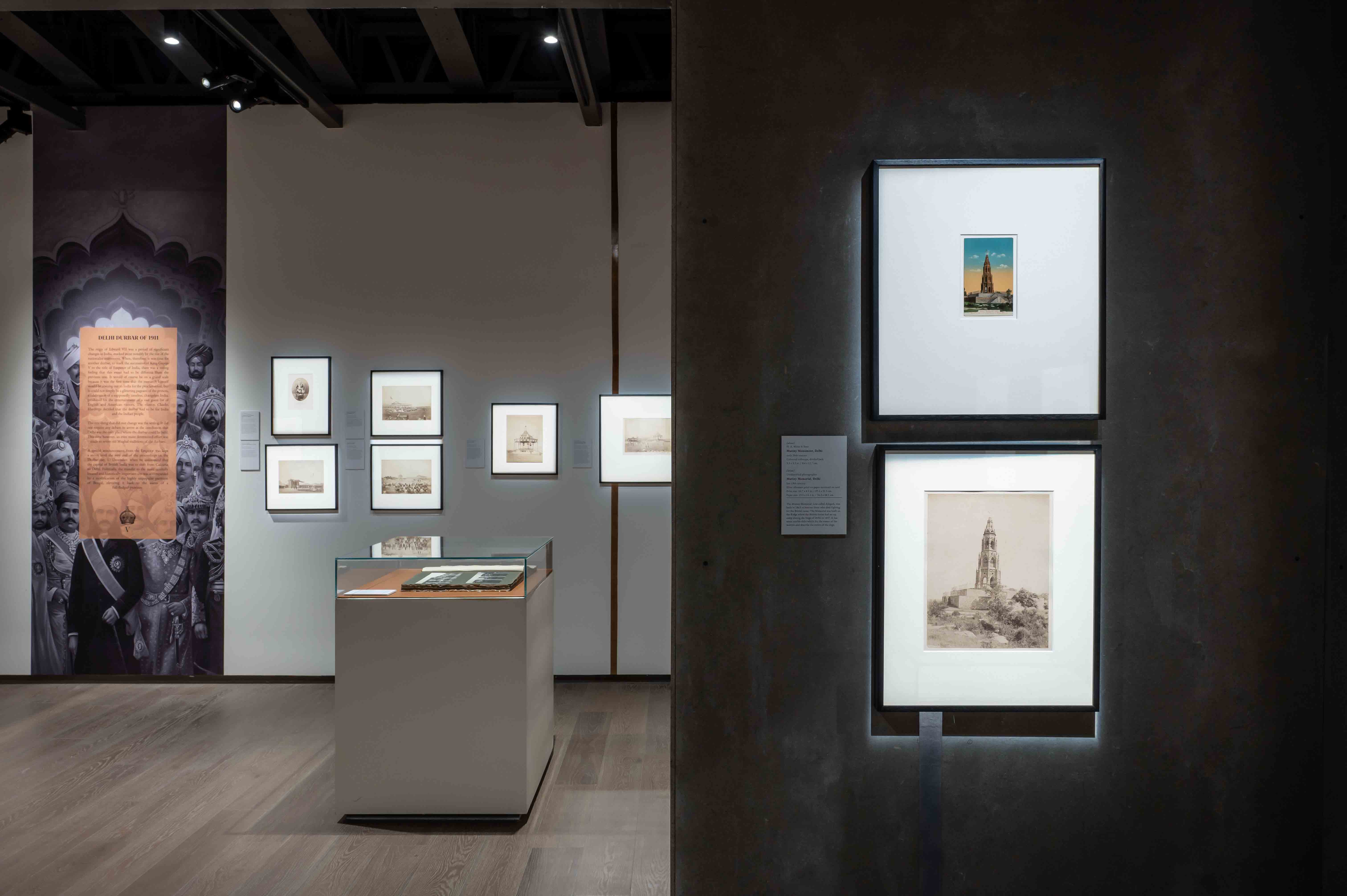




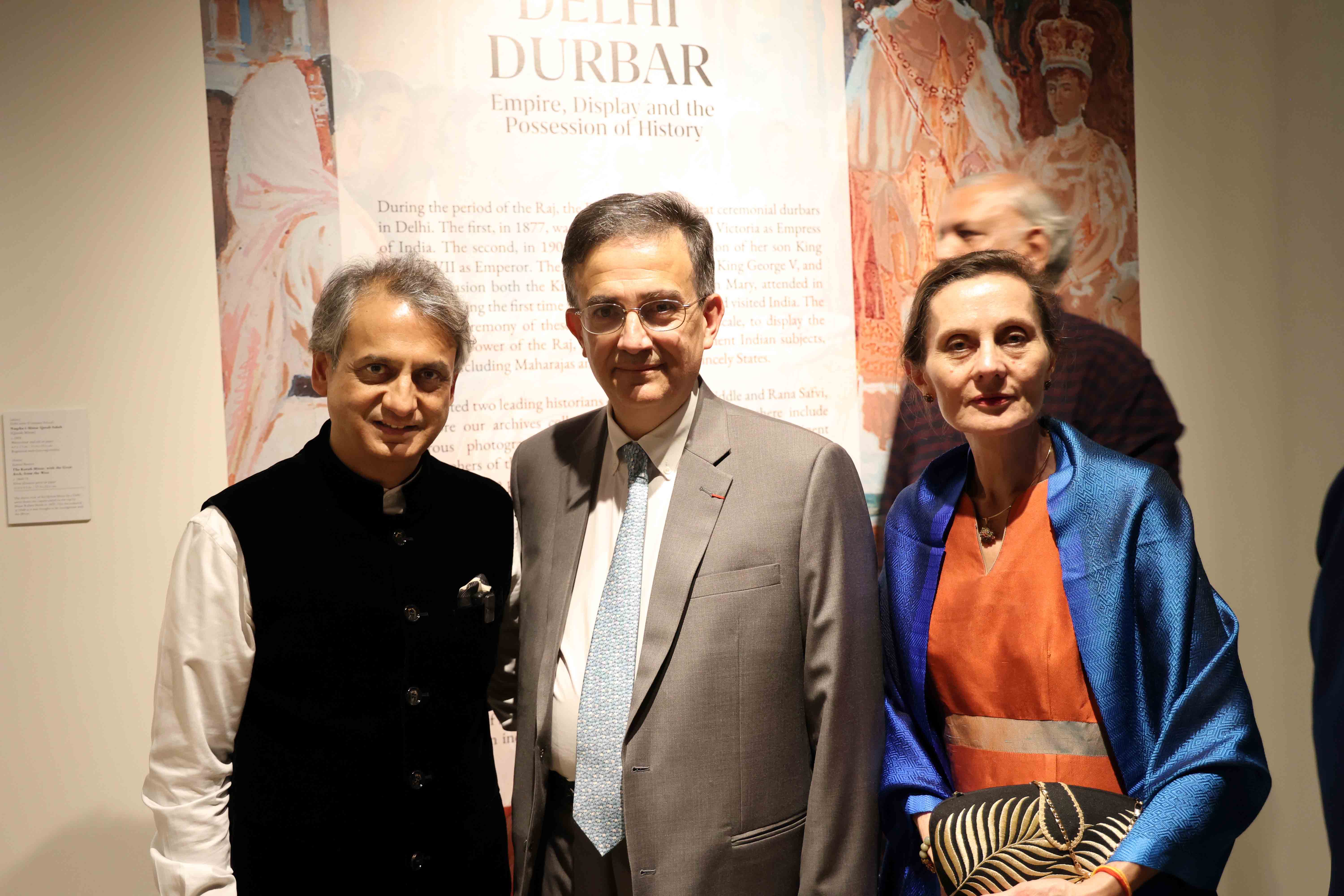

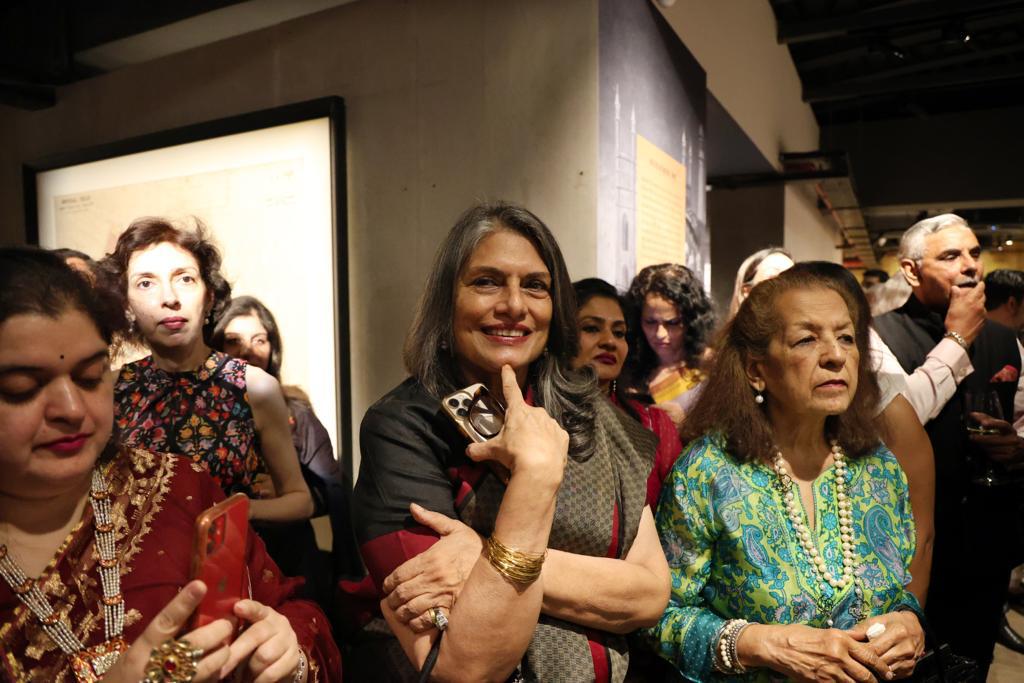

exhibition video





